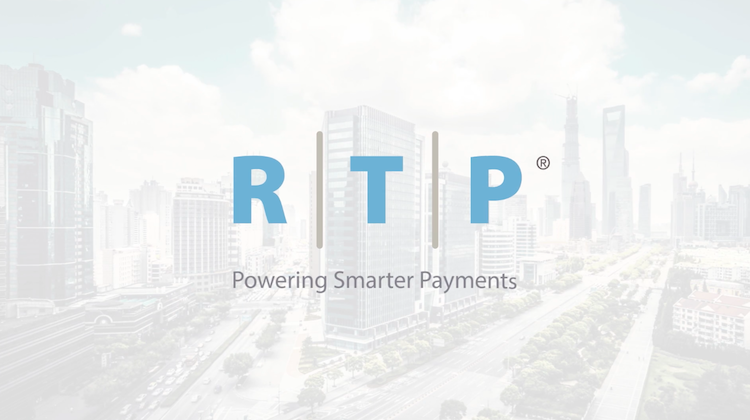Payments
‘It’s more than just speed’: Why real time payments are a data opportunity for banks
- Payments are just messages, but the ability to attach information about the payment that doesn't detach throughout the process is helpful
- “Speed is nice but it’s really the contextual data that goes along with the payment itself."








